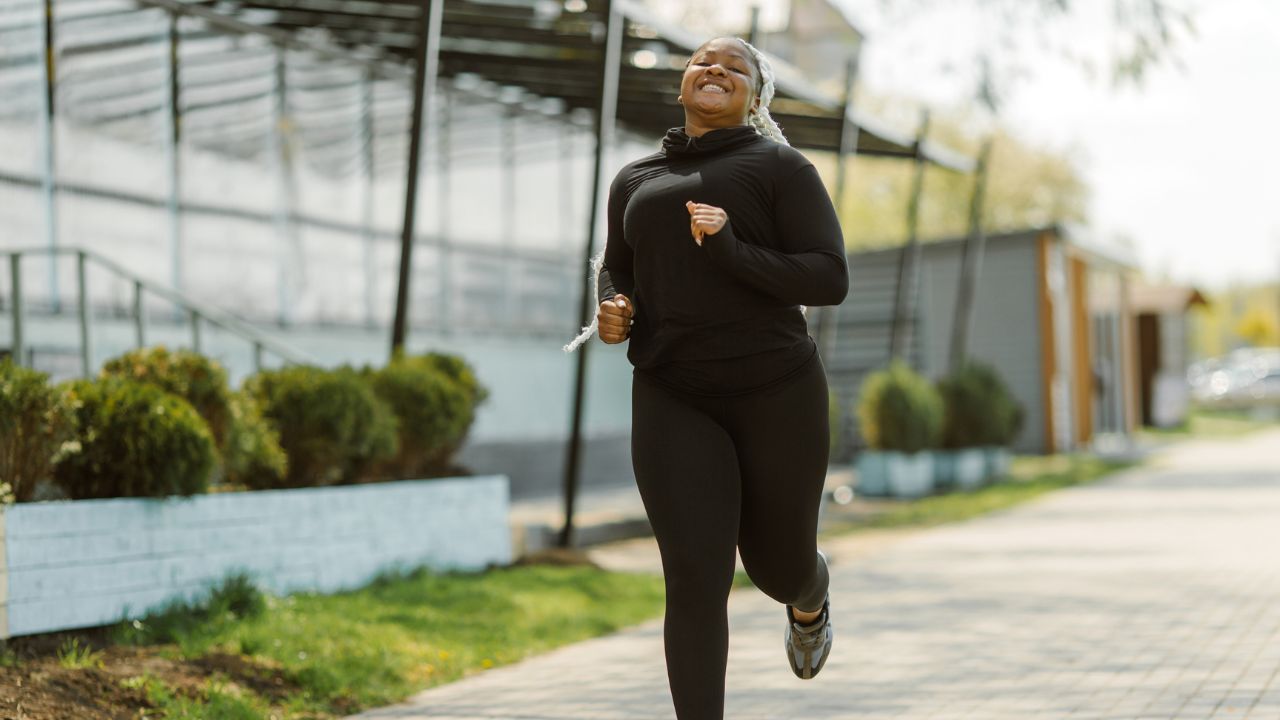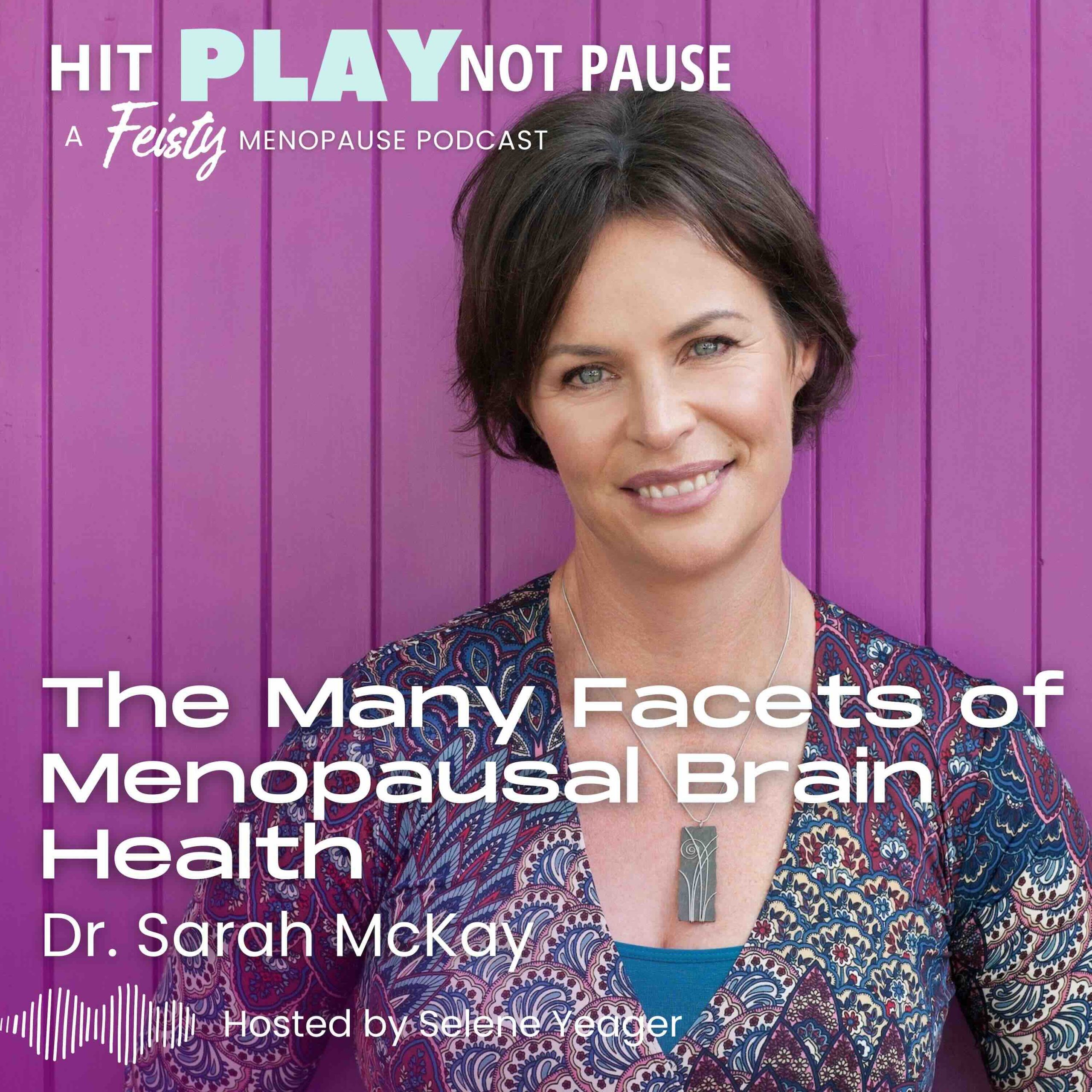March 21, 2023
How and Why to Train with Your Menstrual Cycle

It works for the U.S. Women’s National Team. It can work for you, too.
By Selene Yeager
We use a lot of metrics to guide our training: our heart rate variability, our resting and training heart rate, our power numbers, maybe even our moods and sleep scores. There’s compelling evidence that we should include our menstrual cycle in with those metrics.
Our menstrual cycle is orchestrated by hormones that impact every one of our organ systems. It influences how we access and burn fuel during exercise and how well we recover when we’re done, as well as our mood, energy levels, and more.
The beauty of menstrual cycle tracking and training with your cycle is you get to know those times you may not feel your best and learn what helps mitigate symptoms should they occur when it’s time to put it all on the line. It also helps you plan harder days when your body is best suited to absorb them, and mobility and recovery days (which are equally important as hard days!) on those where you might not be feeling your strongest. So your training overall is as effective as it can be, because you’re working with the natural rhythms of your physiology.
This is what Dr. Stacy Sims, whose life’s work is women-specific physiology and nutrition, intended when she pioneered menstrual tracking for training: working with your physiology, not against it.
This is exactly what the USWNT coaches did with their players – which they credited with helping the team dominate. “I feel like [the U.S. is] leading the way on this,” Dawn Scott, high performance coach for both the USWNT and the National Women’s Soccer League (NWSL), told Good Morning America. She noted that “for a few players, I always noticed that just before they started their cycle, their recovery fatigue was increased and their sleep was less…how can we help that?'”
So the team focused on implementing strategies to make sure players focused on the hydration, nutrition, recovery and sleep practices they needed to feel their best at every phase of their cycle and offset any disruptive symptoms.
Training Versus Performance
Before we go any further, it’s essential to understand that tracking and training with your menstrual cycle does not suggest that you cannot perform at certain times of the month.
You absolutely can rock a PR, stand on a podium, crush your A event, and otherwise perform well during any phase of your menstrual cycle. You might need to contend with some bloating or heavy bleeding. It may feel harder on certain days. But just as event day energy can help you overcome a poor night’s sleep, it can override challenges that certain phases of your cycle can present. Research bears this out.
In a study from Brigham Young University, researchers put seven women and 10 men through a series of intense cycling sessions, the women at three points during their menstrual cycle as confirmed through blood draws and ovulation tests, and the men at 10 day intervals. As the volunteers performed the trials, researchers measured heart and respiratory rates to assess performance.
Although female participants often told the researchers that their menstrual cycles affected how they were feeling and how well they expected to perform, their measurable results showed “absolutely no change,” the researchers said in the paper. While hormones like estrogen are known to influence how well arteries dilate and how blood flows to muscles, those underlying processes “didn’t amount to impaired overall performance.”
Again, that’s because when you need to perform, you can override how you’re feeling and go out and perform. That doesn’t mean that’s always the most effective way to train day in and day out. Also, it’s important to note that this study was only on cycling (other sports might have different outcomes) and didn’t include women with menstrual disorders like PMS (premenstrual syndrome), menorrhagia (heavy bleeding) or dysmenorrhea (painful cramps), which can impact up to 40 percent of women, and can profoundly impact performance.
Along those lines, it’s also important to note that there may be times when your cycle does negatively impact performance. Top pro golfer Lydia Ko made CNN news when she told a Golf Channel reporter that she was struggling with back issues because it was “that time of the month” and her back gets tight during her period, which impacts her swing. Similarly, British sprinter Dina Asher-Smith made headlines at the European Championships in Munich in 2022 when she pulled out of the women’s 100m final because of “girl stuff.”
So, despite your best efforts, there may still be times when menstrual cycle symptoms do disrupt your performance, and you haven’t in any way “failed” if or when they do. The goal of understanding and working with your unique female physiology is to minimize those instances and to feel and perform as best you can at any day of the month.
What Is the Menstrual Cycle & How Does it Impact Performance?
Your menstrual cycle is the process your body uses to help you have babies. That’s obvious, but when you remember that fundamental fact, it makes sense that your body will perform differently throughout the phases, because your body is prioritizing different functions. For instance, when your body is using glucose to build up your uterine lining so you have a nice thick endometrium should an embryo need to implant there, you may want to eat more carbs if you’re planning on hitting some higher intensities that day.
The following are the basic phases of the menstrual cycle. (For reference this is a 28 day cycle, but cycles can range from 21 to 40 days; the follicular phase tends to be the most variable.)
Days 1 through 5: Menstrual Phase (First Half of the Follicular Phase)
The first day of your period is the beginning of your menstrual cycle. During this phase, your pituitary gland secretes follicle stimulating hormone (FSH) to initiate the development of a mature egg inside the ovary in preparation for ovulation. During this phase, the uterus sheds its inner lining of soft tissue and blood vessels, which exit as menstrual fluid. You may experience cramps as the uterine muscles contract to shed those tissues. This phase is considered a low hormone phase, because the main ovarian hormones estrogen and progesterone are both at their lowest levels in the blood at this time of the cycle.
Performance impact: Hormonally, you’re all systems go during this phase, because your body isn’t preparing for a pregnancy. But obviously cramping and/or heavier bleeding during the first day or two can make hitting your training marks harder. Support your training with optimum nutrition, getting enough protein as well as carbs for high intensities.
Research shows the body may use muscle glycogen more efficiently during the follicular phase as compared to the luteal phase, which may account for more explosive muscle strength and sprint ability, says endocrinologist Carla DiGirolamo, MD, PhD, of Athletic Aging.
Days 6 through 14: Follicular Phase, Second Half
This is the period after your period where your hormones are still low, but the ovaries increase their secretion of estrogen and estrogen levels rise as the egg becomes ready for ovulation.
Performance impact: Hormonally, you’re in a good place to hit high intensities and lift heavy weights, because your body is primed to absorb and recover from the training stress. Support your training with optimum nutrition, getting enough protein as well as carbs for high intensities.
Day 14: Ovulation (End of the Follicular Phase; or the Ovulation Phase)
When the egg is ready to launch, the pituitary gland secretes luteinizing hormone (LH), which causes the ovary to release the mature egg cell. Consequently, there is also a rise in blood levels of testosterone, which is thought to motivate sexual activity. The egg is swept into the fallopian tube, where it hangs out for about 24 hours, where if a sperm shows up, it can become fertilized. If the egg is fertilized, you’re not going to have a period. If the egg is not fertilized, it moves to the uterus and disintegrates.
Performance impact: Some women feel strong and energetic around ovulation. Others less so. This is where tracking can help you see your personal response.
Days 15 through 28: Luteal Phase
This is the period where your body starts prepping for possible implantation. The ovary increases estrogen production and secretes progesterone to thicken and prepare the uterine lining for implantation of a fertilized egg. As this phase goes on, estrogen and progesterone production reach their highest levels during the cycle. (See Late Luteal Phase below)
Performance impact: The early stages of this phase are similar to the follicular phase. You may find yourself needing to eat more, especially carbohydrates around training, as your body is using more energy preparing your uterus. Research indicates that there’s an increase in resting metabolic rate during the luteal phase of up to an additional 300 calories and less efficient use of muscle glycogen, says Dr. DiGirolamo
Dr. Sims recommends taking 5 to 7 grams of a branch chain amino acid supplement (BCAAs) can help improve mental energy as the luteal phase goes on and you enter the high hormone phase. Be sure to get enough protein (i.e. about 25 grams) for recovery throughout this phase.
Days 24 through 28: Late Luteal Phase
The last week of the luteal phase is when progesterone and estrogen hit their highest levels and you’re in a high hormone phase, especially a few days out from your period. This is where you may experience symptoms of PMS, like bloating from fluid shifts, food cravings, mood swings, and lower energy. If no embryo implants, hormones drop again and the menstrual cycle starts anew.
Performance impact: You obviously may not be feeling your best during this phase, some women being impacted more or less than others. It’s a good time to work on your mobility, zone 2 lower-intensity training, and take those important recovery days. As noted above, BCAAs can help here. When experiencing PMS symptoms in the high luteal phase, Dr. Sims recommends taking a combination of 250 mg of magnesium, 45 mg of zinc, 80 mg of aspirin (baby aspirin), and 1 gram of omega-3 fatty acids each night for 7 days before your period starts.
How to Track
Tracking doesn’t need to be more complicated than jotting some notes in your calendar (paper or app) or even in TrainingPeaks or whatever training log you use. Just start on the first day of your next menstrual cycle. Note the day, your training, and how you felt before, during, and after the session. Continue like that throughout your cycle. Over time, you can see trends and start to experiment with interventions, like eating more carbs, using the PMS supplement plan, and/or adjusting your training to how you’re feeling and see what happens.
If you prefer a more high-tech method, you can use a tracking app like WILD.AI or FitrWoman, which will make training and nutrition recommendations for you based on where you are in your cycle. Just don’t be afraid to override them if they don’t mesh with how you actually feel.
Finally, remember that your menstrual cycle is a window into your general health and stage of life. If you stop menstruating and are not yet in perimenopause (which generally occurs mid to late 40s, when menstruation becomes more irregular and other symptoms arise), that’s a sign that you’re in low energy availability (LEA)/relative energy deficiency in sport (RED-S), which can have lasting negative effects on your health and needs to be addressed with rest and proper nutrition. This alone is enough reason to track if you don’t already.
For an illustrated graph that pulls this all together….


 Outspoken Women in Triathlon Summit Returns Bigger than Ever
Outspoken Women in Triathlon Summit Returns Bigger than Ever  Driving the Lamborghini: Productivity and the Power of Paper
Driving the Lamborghini: Productivity and the Power of Paper  5 take aways from the Compete Sports Diversity Summit
5 take aways from the Compete Sports Diversity Summit  Simple Tips to Hone Your Bike Handling Skills
Simple Tips to Hone Your Bike Handling Skills 


